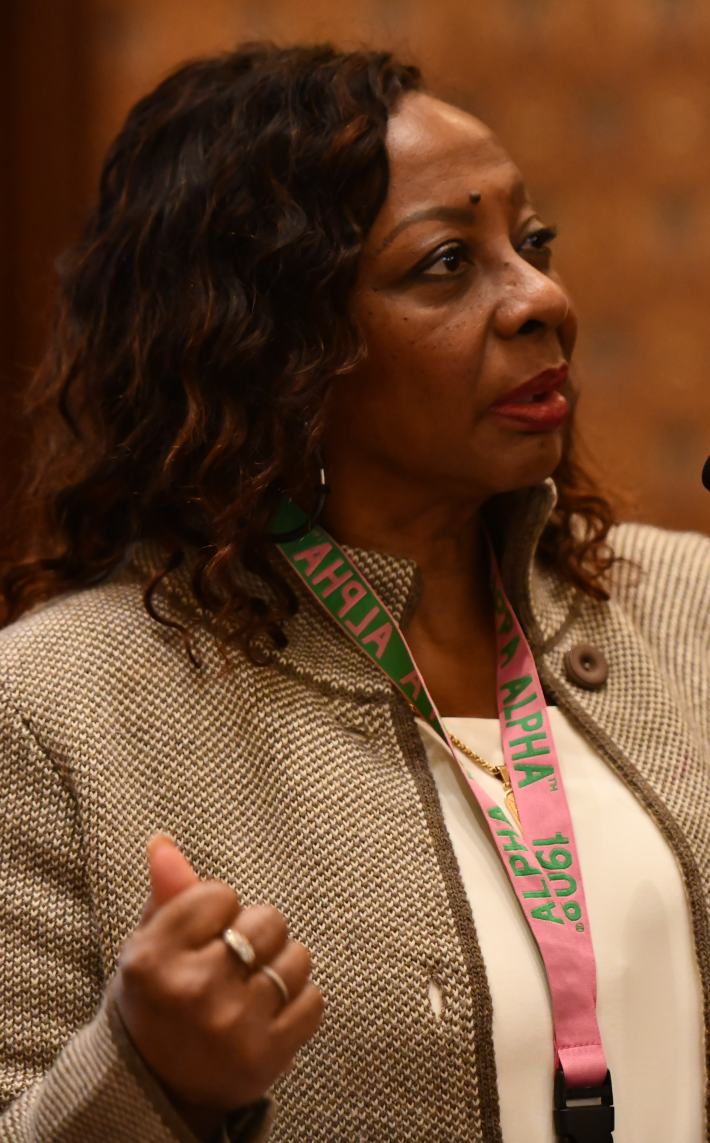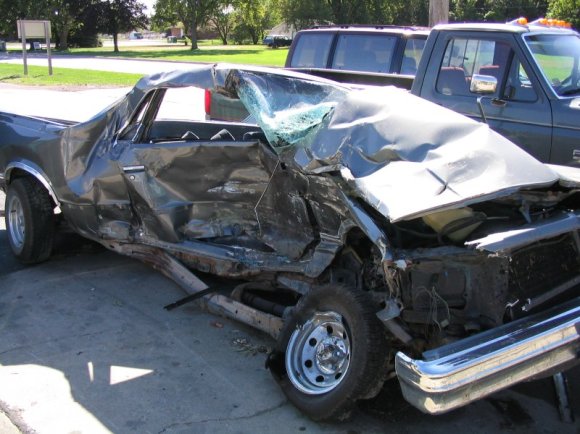Chicago and Illinois have well-documented, longstanding issues with corruption and bribery involving city and state officials. Sadly, recent local scandals associated with red light camera programs, which have been proven to reduce serious and fatal crashes in cities across the country, including Chicago, are giving Springfield politicians ammunition for a statewide ban on the technology. If that happens, it's almost certain to result in a spike in traffic deaths, as we've seen in other U.S. cities that have banned the cams.
In 2016 former Chicago Department of Transportation official John Bills was sentenced to 10 years in prison for steering business to red light cams concessionaire RedFlex in exchange for bribes. In the midst of the scandal, then-mayor Rahm Emanuel announced multiple reforms to the program, including the removal of 50 cams at 25 low-crash intersections, and a new policy of holding community meetings before red light cameras are installed, moved, or removed.

And last week ex-Illinois state senator Martin Sandoval pleaded guilty to corruption, admitting in court that he took bribes from an owner of the red light contractor SafeSpeed in exchange for promoting RLC programs in the suburbs, the Chicago Sun-Times' Neal Earley reported. Legislators are capitalizing on the news to give a renewed push to proposed legislation making the cams illegal, and they believe they have the votes to get it passed. “It’s clear that the red-light camera program has been sustained and expanded by corruption,” state senator Mattie Hunter, a Chicago Democrat who introduced one of two competing bills, said in a statement. “Traffic laws should be driven by safety, not bribery, shakedowns or the need to boost revenue.”
However, a 2017 Northwestern University study found that Chicago's cams have improved safety at the intersections where they're installed, as well as having a positive "spillover effect" on other intersections. According to the report, injury crashes dropped by 10 percent at RLC intersections thanks to the cams, and dangerous T-bone and/or turning crashes decreased by 19 percent.
In fairness, the Northwestern study also found that rear-end crashes increased by 14 percent at intersections where cameras were installed, consistent with other cities. But the report noted that federal research has shown that T-bone collisions have a lost productivity cost to society that is about five times greater than the cost attributed to damage from rear-end crashes.
Hunter said her bill would preempt home rule and apply to all Illinois municipalities, which means Chicago would lose those safety benefits. Moreover, data from other cities indicates that more Chicagoans would die in crashes if the cams were taken down. A 2017 study by the Insurance Institute for Highway Safety looked at 19 cities that removed traffic cameras during the previous decade. Compared to peer cities that kept their cams, the rate of deadly crashes at intersections with stoplights was 16 percent higher in the cities that removed them. After Houston banned RLCs in 2010, fatal intersection crashes increased by 30 percent, and collisions rose 116 percent overall, according to data from Houston police.

State rep David McSweeney, a Republican from Barrington Hills, is pushing for a similar, competing bill, and told the Sun-Times he also believe his effort has momentum in light of Sandoval's guilty plea. “Anybody who votes against this bill is going to have to explain themselves on the issue of SafeSpeed and Sandoval and corruption,” McSweeney said.
On the bright side, McSweeny's bill would exempt some home-rule municipalities such as Chicago, although it could still mean that suburbs that currently have the cams will lose the safety benefits. According to the Sun-Times, on Wednesday his legislation passed unanimously in committee, although he got a similar bill passed by the House in 2015, but that legislation eventually died in the Senate without a vote. Perhaps not coincidentally, at the time the chair of the Senate Transportation committee was Martin Sandoval.
"The mismanagement and corruption surrounding some camera programs is a breach of public trust and those involved should be held accountable," said Active Transportation Alliance interim executive director Melody Geraci in a statement. "Overall, red light and speed camera programs should continue to be reformed and improved to maximize safety benefits. More revenue from camera programs should go towards traffic safety infrastructure. But the solution is not to outright ban technology that prevents crashes and saves lives."
The Insurance Institute for Highway Safety has recommended the following guidelines to maximize the safety benefits of red light cameras, while getting rid of incentives for concessionaires to rig the system to maximize profits.
1. Put the cameras at the most dangerous intersections
2. Target the most dangerous violations, i.e. blowing straight through lights
3. Use standard signal timing
4. Allocate the revenue to street safety programs
5. Encourage public input to help design the program and oversee changes
6. Be transparent — collect and publish data about how the program is functioning
7. Don’t create bad incentives for the vendor by paying them by the number of tickets issued
8. Don’t set up hair-trigger cameras
9. Allow for due process by having an easily accessible process for contesting tickets
10. Sliding-scale fines and alternatives to payment, such as traffic school, for low-income drivers





